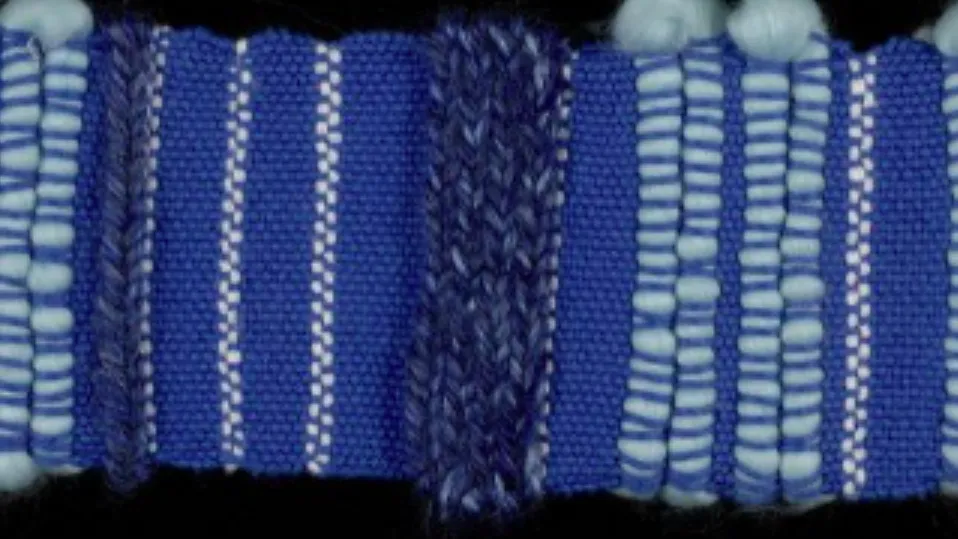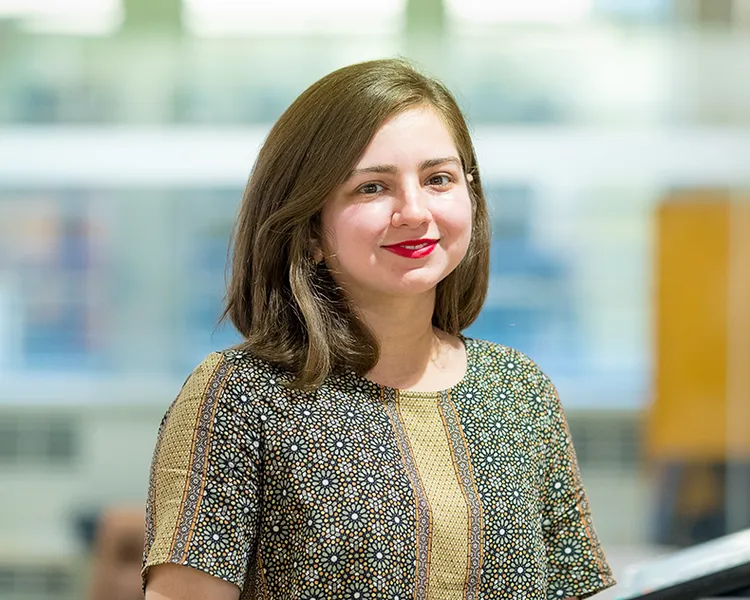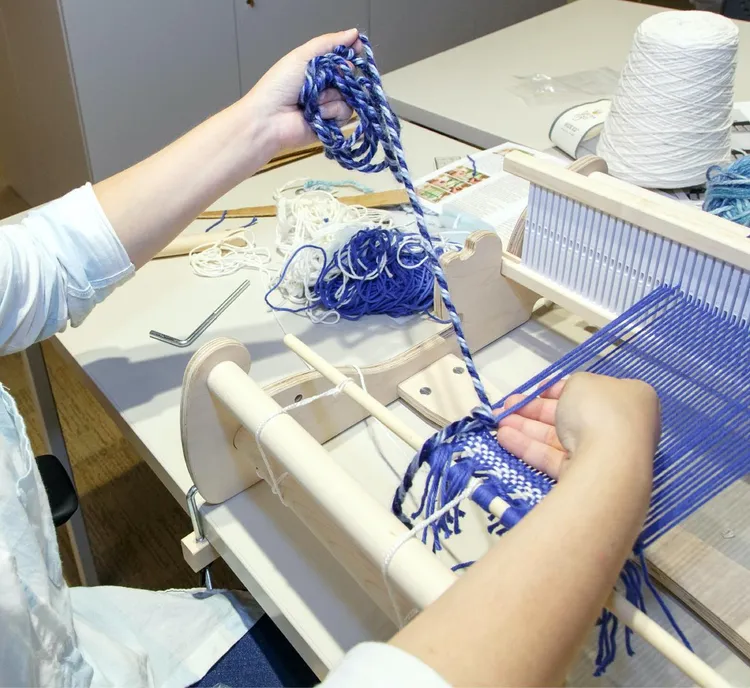CDH Exit Interview: Gissoo Doroudian
6 August 2023
We were fortunate to work with Gissoo for almost five years. We wish her good luck in the future!

Gissoo Doroudian served as CDH user experience designer from October 2018 until June 2023. She was a critical part of so many of our project teams, including the Shakespeare and Company Project, a finalist in the learning category of the 2021 Fast Company Innovation by Design Awards. Below is a custom data visualization created by Lead Research Software Engineer Rebecca Koeser based on just some of Gissoo’s contributions to CDH projects.
Read on to learn more about about Gissoo’s ideas about design and DH and about her experiences at the CDH.
Design and DH are two interdisciplinary fields where people of many backgrounds and trainings work together. How did you go about translating between the different ways people in design and DH collaborate? Are there commonalities?
There are definitely commonalities between the two fields. There are two that have significantly stood out to me. The first one is in DH projects everything depends on the research questions that are posed; this is similar to “the problem” defined in any project where design plays a role. Designers start from the problem(s) that need to be resolved, and often work to find out what the actual problem may be in any given project.
The second commonality is the notion of iteration. In DH projects researchers iteratively work on their data and its structure to ensure it addresses their questions. Designers also work iteratively to ensure their ideas and design proposals address the problem that was defined in the beginning.
There are also a ton of differences between the two fields; therefore I have had to translate and bridge gaps when designing for DH projects. For instance, DH projects tend to be very data-centric and exploratory, which can mean some of the conversations in the beginning of projects can be unhelpful to designers by default. In these conversations one of the necessary things I have always had to know as a designer is who the potential audience or users of the project may be and what their goals are. So this became an important part of our conversations early on. These conversations with the project team made a great segue to conversing with potential users and learning about their goals, workflows, and pain points, aka UX research.
Adding the more user-centered direction to DH projects have also helped me to scope my work. DH projects, especially when done in academic settings, are harder to scope because it is more challenging to define requirements and constraints for them in comparison to projects in the industry. Therefore, having conversations on staff availability, timelines, funding, and labor resources are some of the ways that have helped me to scope design work.
The user-centered emphasis that design can bring to DH projects can significantly help researchers think of ways they could generate narratives of their data. Trying to tell stories through a dataset is one way to engage a wider variety of audiences and potentially increase participation in moving research forward. Storytelling through data can also help generate a wider variety of user experiences in terms of prioritizing information on the interface and its overall flow, which is valuable given the often information-heavy quality of DH projects.

What have you learned at the CDH that you didn’t expect to learn? What are you taking with you to inform your future directions?
I have been so incredibly fortunate to work with the amazing and thoughtful humans at the CDH who taught me so much in the last (almost) five years.
I learned a ton about project management, and a new level of respect for it for how much invisible labor it is.
One of the many reasons I was excited to join the CDH in the first place was that I could experience a direct collaboration with research software engineers and work towards improving designer-developer collaborations which had been my graduate thesis project. Together we identified and bridged many gaps from the beginning of projects to the hand off stage.
Another area I learned a lot about is web accessibility, its importance in all user-facing projects, and ways to incorporate it in my overall design process.
When did you overcome a challenge with a project?
When I first joined the CDH we didn’t have a clear way of conducting design reviews. We reviewed designs during meetings where there wasn’t enough time for us to get through all the designs and reach explicit agreements, so it was challenging to consider a design task as complete. We decided to put design tasks as issues on GitHub alongside development issues. This let me better estimate, prioritize and document my contributions and resolve the design task through comments both synchronously and asynchronously. This change significantly helped improve our collaborations both internally and with our faculty collaborators.
What changes did you see at the CDH around design that you are most excited about?
It makes me very happy that we spent a lot more time thinking about and discussing the field of design, its processes, and design in DH and its potential future. Together we read and discussed Design and the Digital Humanities: A Handbook for Mutual Understanding. Our conversations on design helped us to better understand each other’s perspectives. I’m also really happy that we began to celebrate our work, write about it and publicize it in design communities by entering our projects to design awards. I can’t wait to find out what the future of design will be in DH and at the CDH.
What is a favorite moment of your time at the CDH?
I have so many favorite moments throughout our projects, like when Rebecca Koeser and I teamed up to design a custom image/transcription/translation viewer for the Princeton Geniza Project, or when we worked on Startwords’ first issue, or the third issue where we added a multilingual feature, or at all of our CDH retreats where we discussed so many exciting ideas for the future of the center. It’s hard to pick one. But I DEARLY loved the ~3 months we worked on Data Beyond Vision together with Rebecca Koeser, Nick Budak, and Xinyi Li, where we created objects that represent data from our previous CDH projects. The entire experience of translating pieces of data into physical forms generated unique questions and sets of requirements. Data Beyond Vision still stands out to me; it was surreal with creative freedom and so much potential to expand.

As part of the Data Beyond Vision project, Gissoo created a weaving representing the references in Chapter 1 of Jacques Derrida’s de la Grammatologie (1967).
What will you miss most about Princeton?
I’ll miss the supportive, brilliant and kind humans I work with at the CDH and the family-like environment they have created at the CDH. And I’ll miss the research and pedagogy on amazing and unique datasets that can be found at every corner of this university.
We will miss you, Gissoo!